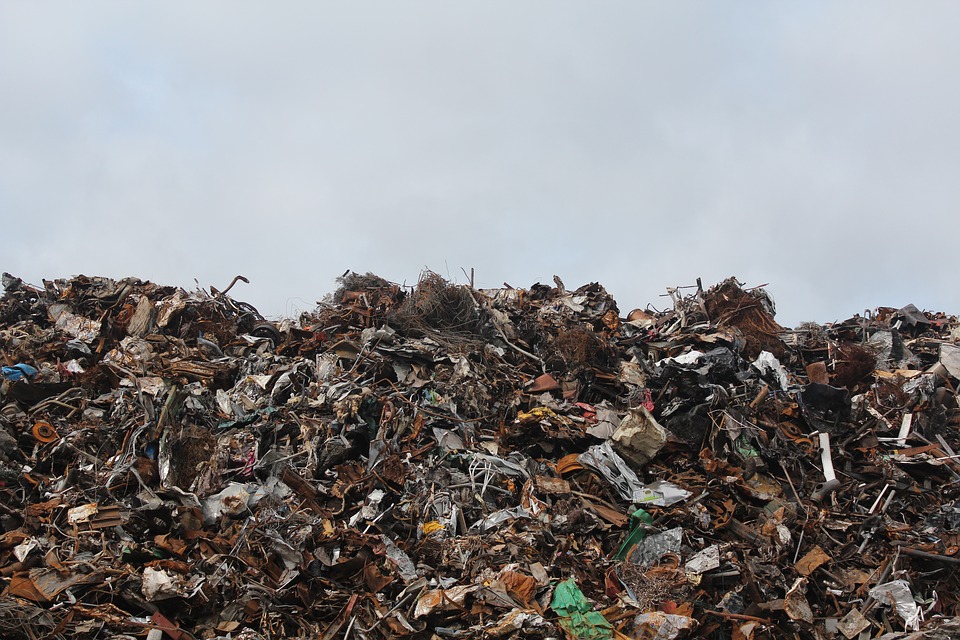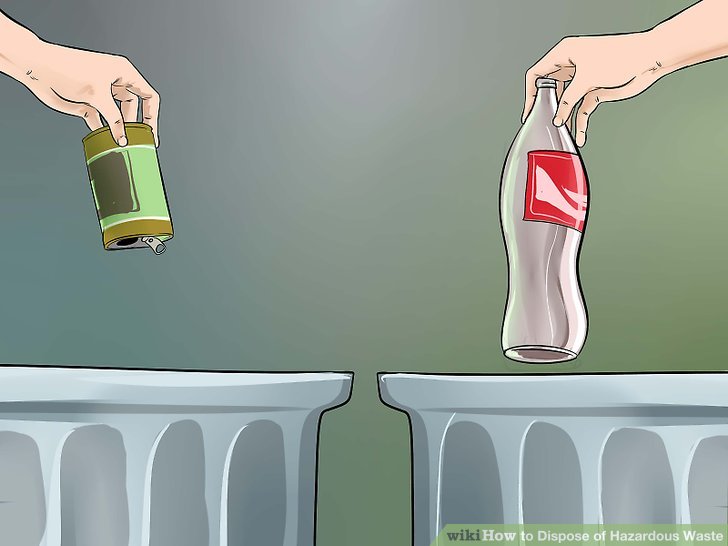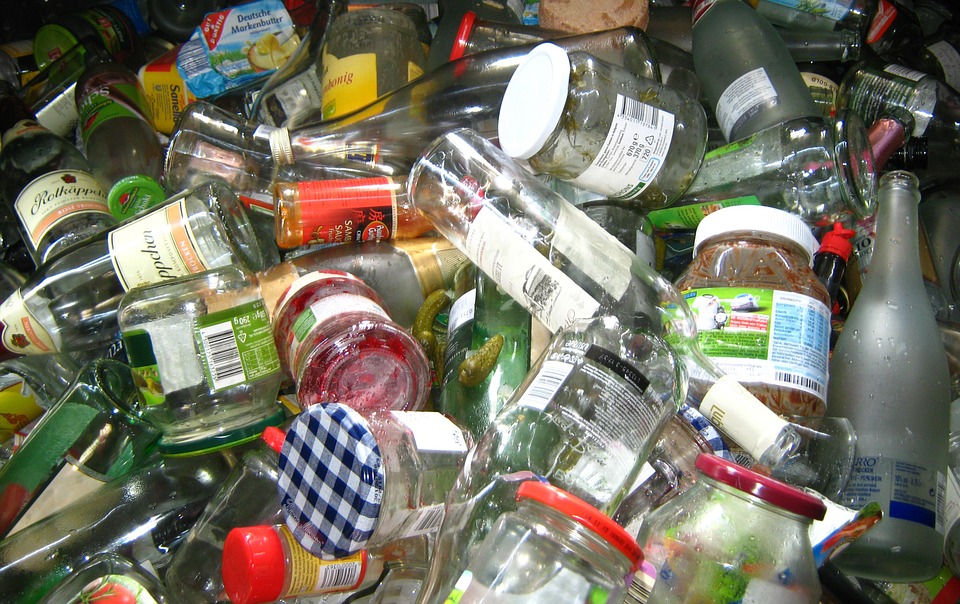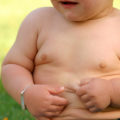When we talk about health, we take into considerations for exercise, eating healthy and having healthy lifestyle. Have we ever considered about healthy environment, healthy disposal techniques. I feel these are equally important, as wrong waste disposable methods will make the environment unhealthy to live in.
So here I would like to discuss with you some methods and techniques which can really help us be healthy. Living in a healthy environment involves ensuring that you are not affected by environmental waste or contamination
So let’s read about the correct disposal of harmful waste products.

Introduction
Disposal of waste is compulsory in our daily activities. Waste disposal methods vary from one company to another. Untreated waste, mainly from industries could be a danger to the environment if undisposed correctly.
Correct disposal of hazardous waste
Treatment of hazardous waste can be carried out using chemical, biological and thermal processes. Chemical and biological processes recover or recycle some essential elements from the debris. Thermal processes incinerate hazardous wastes that are difficult to handle using very high temperatures and strict emission controls.
Waste treatment either:
- Reduces its volume
- Makes handling easier
- Minimizes the degree of its hazardous nature
- Makes recovery of some of the waste easier.
Disposal of treated hazardous waste
- Disposal into a landfill
Landfills are prevalent in developing countries, but they require authorization to handle waste. Firstly, Landfill authorities establish criteria for waste acceptance, typically prohibiting liquid, flammable, corrosive, or explosive waste. Before burial, a process is often used to mitigate odors and hazards linked with waste. However, this method is becoming less common due to limited space for waste disposal and the prevalence of methane and other potent gases. Landfills can definitely give rise to water and pollution which is adversely harmful to the environment and also to the human beings.

- Hazardous waste exporting
Exporting of hazardous waste is only permitted if the waste is going for recovery or recycling. The transfer can only proceed by word from an authorized treatment facility. You can hire a recycling company to do the process. They have experienced team for the job.
- Waste to produce energy
There is a process which involves converting of non-recyclable waste items into useable heat, fuel or electricity. In this process the non-recyclable waste products can be reused over and over again to generate some energy.
- Deep-well injection
This is the best option for the disposal of liquid hazardous waste. The liquid is forces deep down into the fissures of sandstone or limestone through a steel casting under high pressure.
- Plasma gasification
It is known that plasma is an ionized and electrically charged gas. Lightning also has Plasma, where it is not surprising that the temperature exceeds 7000 degrees Celsius. The ship, in which the gasification process takes place, reaches an operating temperature of approximately 5500 degrees Celsius. This creates a very intense gasification zone where the solid becomes liquid and finally gas. This process leads to the elemental destruction of these hazardous materials, leading to the successful disposal of hazardous waste.
- Incineration
Overall this method of eliminating hazardous waste involves the burning of garbage. The incinerators, in which this process occurs, turn waste into heat, gas, steam or ash. The most significant advantage of this method is that while the incinerators are working, a considerable amount of heat is produced that ends up being used as energy.
- Recycling
Recycling is a semi-conventional method of hazardous waste disposal. The process involves the conversion of these dangerous waste into redesigned and useful products. The material is classified directly from the mixed waste.
- Minimization of the waste
Nevertheless the best ways is also to minimize your waste. So that will be the easiest methods which will reduce you waste reaching the landfills. There are various practices you can start following in order to minimize waste. Modify your old jars, bags and broken item so you can use them for longer duration rather than buying a new one and discarding the old one.

- Waste Compaction
This method used to reuse plastic bottles, cans into blocks for recycling. Additionally process prevents the oxidation of metals and also requires very small place. This saves on transportation as well as space needed to carry out this process.
- Biogas Generation plant
3.5
With the help of fungi, bacteria and other biological means, the waste s converted into biogas. This degradation can take place with or without oxygen and known as aerobical or anaerobical degradation. Biogas generated used as fuel. The remaining waste called manure, which may utilized in agriculture.
- Animal feed
In India there is holy practice to feed cow every day. Absolutely! Feeding leftover chapatti and rice to cows or other local animals is a great way to reduce waste and provide nutritious food for animals. It’s a small step that can make a big difference in minimizing food waste. It’s a simple yet effective way to reduce food waste and contribute to animal welfare.
Conclusion
The effects of hazardous waste can be fatal for humans as well as plants and other environmental organisms. Proper treatment and disposal will keep everyone including your business safe from the authorities too.
RD Neha Kava
Latest posts by RD Neha Kava (see all)
- Your Fitness Bucket List for 2024 - July 26, 2024
- 7 Home Workout Exercises for Stay-at-home Moms - July 25, 2024
- 7 Health Supplements Every Man Should Take - July 23, 2024



